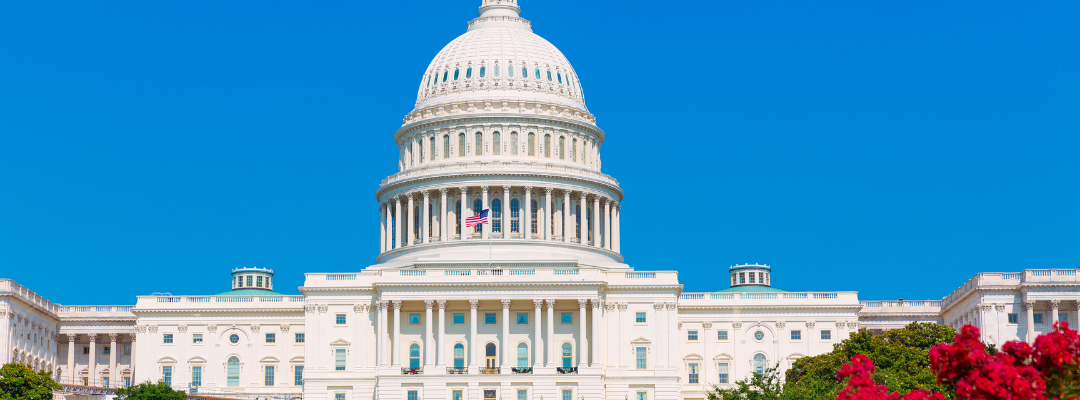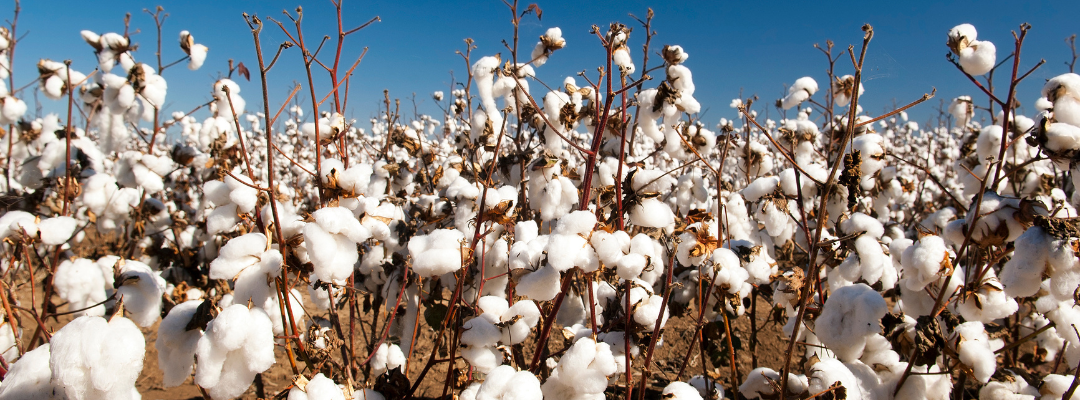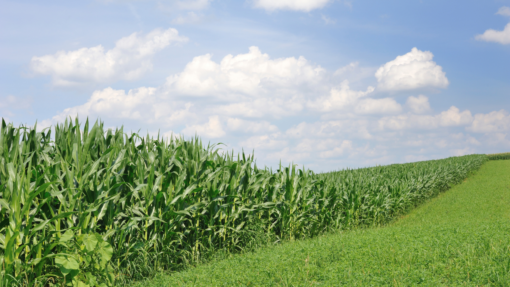While questions about market power in the meatpacking sector have been around for well over 100 years, the spike in retail beef prices following the fire at the Tyson facility in Holcomb, Kansas, in August 2019, and the COVID-19 outbreak in early 2020, brought about a renewed focus on the issue. In response to concerns in the countryside, several legislators offered policy solutions, with the bulk focused primarily on enhancing transparency and increasing negotiated trade volumes in fed cattle markets.
With a number of legislative proposals floating around and with the Livestock Mandatory Reporting Act set to expire in September 2020, the bi-partisan leadership of the House Agriculture Committee asked the Agricultural & Food Policy Center (AFPC) at Texas A&M University to evaluate a number of issues in the cattle markets. Given the sensitivity and regional nature of the topic, we chose to partner with several respected livestock economists from across the country. That work ultimately culminated in the release of a book in October 2021 that cautioned against many of the proposed changes, warning that proposals to mandate a minimum amount of negotiated purchases could ultimately reduce prices to cattle producers.
Following the release of that book, Senators Grassley (R-IA), Fischer (R-NE), Tester (D-MT), and Wyden (D-OR) released a compromise bill – the Cattle Price Discovery and Transparency Act of 2021 (S. 3229) – that would, among other things, require the U.S. Secretary of Agriculture to establish a regional mandatory minimum threshold for the percentage of cattle purchased under negotiated grid or negotiated pricing terms. Senator John Boozman, Ranking Member, Senate Committee on Agriculture, Nutrition, and Forestry asked AFPC to evaluate the bill. Our January 2022 report found that an additional 6 million head would have to be purchased via negotiation from 2022 to 2026, with the burden (and cost) falling largely on the Southern Plains.
In April 2022, Senators Fischer (R-NE), Grassley (R-IA), Tester (D-MT), and Wyden (D-OR) released an updated version of their bill – the Cattle Price Discovery and Transparency Act of 2022 (S. 4030). Senator Boozman again asked AFPC to weigh in on the updated bill. Our latest report, released last Friday, found that the number of head impacted by the updated bill would likely be lower than in S. 3229, but we cautioned that the updated bill gives so much discretion to the Secretary that it was virtually impossible to assess the expected costs to the cattle industry. When taking all of the uncertainty into account, we noted that it was conceivable that the estimated cost of the latest bill could far exceed earlier estimates.
Last week, a group of livestock economists – all of whom were involved in drafting the book noted above – independently released a report noting there is “no research evidence of any significant or persistent fed cattle price discovery problem at this time” and that proposed legislation would impose “many millions of dollars of additional cost, added risk, and lost value” that would result in “lower feeder cattle prices and higher consumer beef prices.” Over the course of the past two years, that is a consistent message we’ve heard from every economist we’ve consulted.
Fischer, Bart. “Fed Cattle Pricing: Will Well-Intentioned Proposals Actually Reduce Cattle Prices?“. Southern Ag Today 2(18.4). April 28, 2022. Permalink






